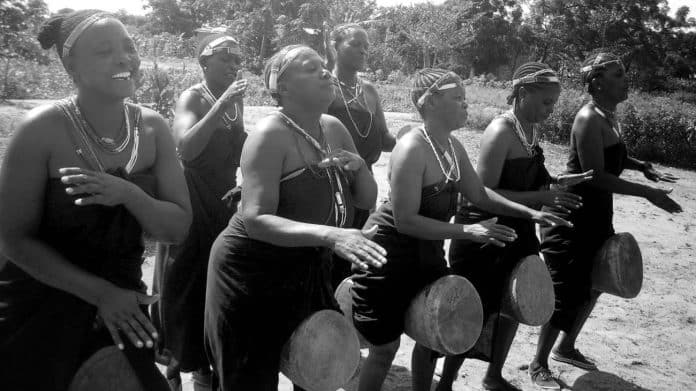Pare People – History, Economy, Culture, Notable Persons and More
The Pare people belong to an ethnic group that is native to the Pare Mountains of north Tanzania, which is part of the country’s Kilimanjaro region. Pareland was also historically known as Vughonu (North Pare) and Vuasu (South Pare) to the inhabitants. It is located on one of the northern passages of the historic East African long-distance trade, linking the Indian Ocean coast to the hinterland.
The Vughonu people are called Vaghonu, and they speak the Kighonu language. The people of Vuasu (root word: Asu) are called Vaasu, and they speak Athu or Chasu language.
Although the area once constituted a sole, greater Vughonu area, current inhabitants of north Pare recognize two sub-zones based on ethnolinguistic variation: Chasu-speaking Usangi to the south and Gweno-speaking Ugweno to the north. The interaction of the Pare people with the Mbugu people or Va-ma’a (Ma’a) (an ethnic group of Cushitic origin) has led to the creation of one of the few truly mixed languages, combining Cushitic vocabulary with Chasu grammar.
Recent Pare People’s History
The Pare people were the major makers of iron, which was in high demand among the Maasai and Chagga people as well as adjoining tribes. The Shana clan is among the notable blacksmith clan among the Pare people. They have kept the tradition till the present day.
Traditionally, the Pare people are highly organized as regards mandatory community effort towards inclusive and sustainable growth through a philosophy called msaragambo. Mfumwa Sangiwa I ruled the kingdom of Usangi (located between Mgagagao in the south and Ugweno in the north) till his death in 1923. Mfumwa K. Sangiwa ruled till 1928, Mfumwa Sabuni, and finally, Mfumwa Shaban Mtengeti Sangiwa reigned till traditional rule was abolished after the Tanganyika became an independent country.
A chief was called Mangi In Ugweno; the Chaga also used the term. At the height of its influence, the Ugweno state had a Paramount/Supreme Chief (Mangi Mrwe) as its head. The Mangi Mrwe was aided by district chiefs, governing councils, and ministers. The Pare people were renowned as rainmakers. Mfumwa Muhammed K. Singo was a notable exponent. He was a native king of Same till his death in January 1981. In these rituals (and other cultural rites like initiation and healing), spiritual figurines artistically made out of wood and clay and draped in leather or cloth were used. Recent interests in these artifacts by researchers and collectors have led to the discovery of some of them in the western world.
Pare People Pre-Colonial History
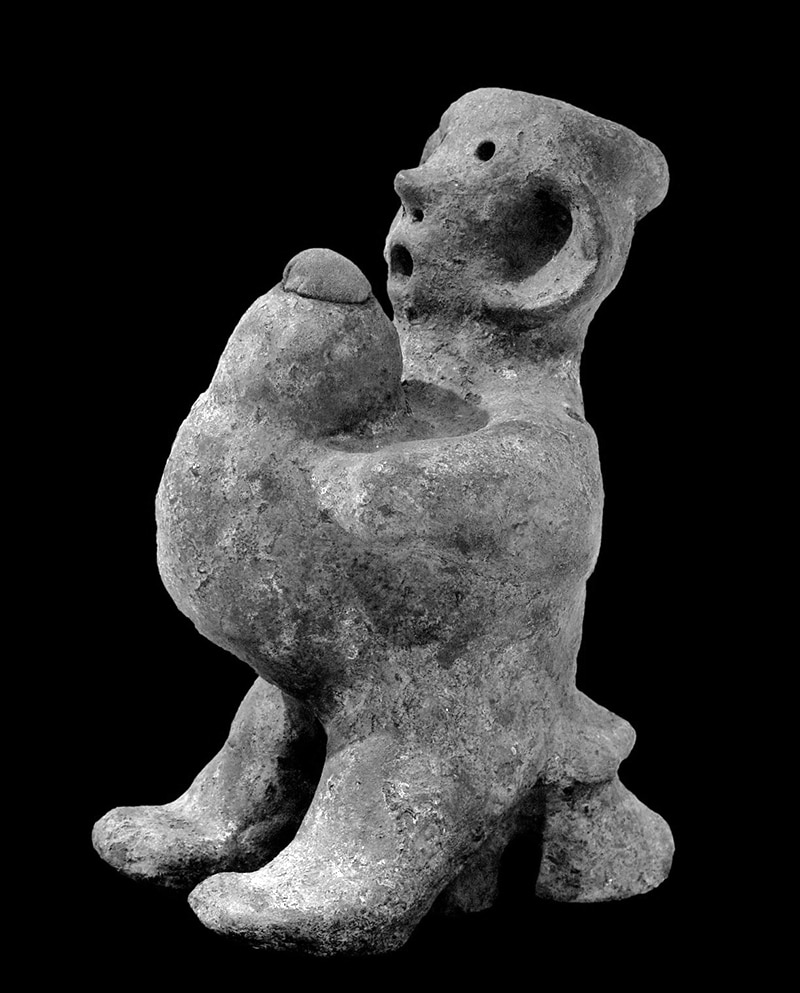
Historically, the region has welcomed a substantial influx of people coming from the Taita region of modern-day Kenya. Cushitic groups like the Mbugu found in Ugweno (who eventually were absorbed into the Pare communities) also inhabited the Pare area. In addition, the inhabitants claim that migration happened both ways throughout the area, and the Pare people should be seen as part of the greater population living in the whole Kilimanjaro corridor.
Shana Empire (Pre 16th Century)
This period can be regarded as the ‘era of skill’ for the Pare people located in the north. Although little proof remains of the period due to the Shana disruption, available records indicate that Vughonu (or Ugweno) area was popular throughout the region. The Shana clan ruled the area for hundreds of years, and it became known as the “Mountains of Mghonu” after a very famous ruler of Shana.
The blacksmiths’ dexterity and the attendant quality iron products made the area widely known and eventually resulted in the inrush of foreign groups. Archaeological proofs of iron smithing include the items Hans Fuchs collected from the Pare people in the early 20th century in North Pare. The items are currently kept in the ethnographic collections of the Naprstek Museum in Prague.
Additionally, there are remains of a specialized irrigation system that show hundreds of irrigation furrows and intakes that were built by the Pare people during the era. These systems were impacted negatively and nearly collapsed when the task of managing irrigation shifted to village-level communities after independence.
The interruption of the Shana reign led to the miscommunication of historical events from present-day communities and the misinterpretations of the area and its dwellers among early European historians and adventurers. In particular, when characterizing the dexterity of the ironsmiths based on post ‘civil war’ communities.
Suya Kingdom (Post 16th Century)
This period can be referred to as the ‘era of expansion and discipline’ of the Pare people in the Northern communities. The Shana rule was toppled by the Suya. They subsequently initiated some reforms, including a stringent initiation system as well as ‘one of the greatest centralized political administration systems’ for native Tanzanian communities. This enabled the Ugweno kingdom located in the northern part of Pare to develop and become fully effective up to the 19th century.
South Pare
In the southern part of Pare, where the plains and dry foothills were dominated by small groups of Pare people that spoke Bantu and Cushitic-speaking people prior to the 1700s, there was an inrush of immigrants from neighboring areas, including the Taita people, and those fleeing the civil war in northern Pare. The region had a different government from the north, and its political systems evolved separately.
Colonial History
The Germans enforced an administrative government over the region from 1881 to 1919. Subsequently, the British colonial period lasted till 1963 in the area when an independent government of Tanganyika abolished the chiefdom. At the start of the 20th century, Southern Pare (now called Same District) had an estimated population of 22,000 people, made up of an ethnic group known as Pare or Asu who speak Pare language. The Pare people are a patrilineal group and were organized into small chiefdoms in several cases.
Independence Movement
The Pare Union was established in 1946 by the Pare people. It was one of the pioneering ethnic-based nationalist movements in Tanzania to spearhead activism against the colonial masters. Among many complaints was the exploitation via the production of cash crops, especially coffee and sisal. Like several ethnic-based political movements in the country, the Pare Union subsequently formed part of the Tanganyika African Association (TAA), which, in 1954, eventually metamorphosed into the Tanganyika African National Union (TANU). The alliance prevented groups like the Pare Union from becoming full-fledged political parties with ethnic leanings.
Moses Seenarine explains the input of Pare women to the struggle thus: “The uprising of Pare women in northwest Shambaai happened in early January 1945 and persisted with protests into 1946. The uprising involved thousands of women. The struggle initially sprang up in Usangi after the district commissioner came to discuss with the local chief. Hundreds of women (perhaps thousands) appeared to demand an explanation for mbiru, a graduated taxation system imposed by the colonial government. When the district commissioner attempted to leave without responding to the women’s grievances, they became angry and mobbed the officials present. Two days after, women surrounded the chief’s home, chanting songs, battled the police, and hurled stones at the officials.” Paulo Kajiru of Mamba eventually led the Pare people’s mbiru protest against the payment of colonial tax. Eventually, they defeated the tax system and reverted to the flat-rate tax system in 1947. The uprising remains an important event in Tanzania’s history.
Post-Colonial History
The interruption of native practices of the Pare people based on historical knowledge during the colonization era didn’t improve the sustainability of the culture of Pare communities. According to archived documents and oral histories, the change brought by post-independence land management in northern Pare communities affected environmental conditions. Colonial water and forest management practices were abandoned. This move affected the villages in many ways. It resulted in a fall in management capability and environmental degradation. Many have contended that the essence of cultural practices in managing trees was not only rooted in native beliefs but also had a broader economic and political influence and propagation of knowledge to preserve the culture.
Economy of the Pare Tribe in Tanzania
From the 1940s, Pare flourished as a result of the boom witnessed in the Tanzania coffee economy. Thus, by Tanzanian standards, modern Pare areas and Pare people are quite well-to-do. Just as the area’s infrastructure of telephones, pipe-borne water supply, electricity, and roads suggest. The area mainly produces sisal, cinchona, tea, and coffee. Rice is cultivated in the marshy plains.
An older infrastructure of stone-lined porches, irrigation furrows, and sacred woodlands is found alongside the newer technologies. This blend indicates that the Pare people have managed the landscapes carefully for hundreds of years. For instance, in 1890, a German geographer applauded the area’s stone terraces, noting that they were like European vineyards. He also opined that the irrigation system of northern Pare was a “genuinely brilliant feat for a primitive people.” Many have contended that the creation and management of the irrigation structure depended on institutions that could add to the knowledge of the advancement of irrigated agriculture.
Tradition/Culture
Traditional Food
A typical Pare dish popular across Tanzania is makande. The food is a stew of tomatoes, red beans, maize, chicken stock, garlic, and onions. It is often prepared on Friday and lasts till Sunday evening, allowing Pare people more time to socialize during the weekend without bothering about cooking. The dish is kept inside a big clay pot on wet ground, so it remains cool.
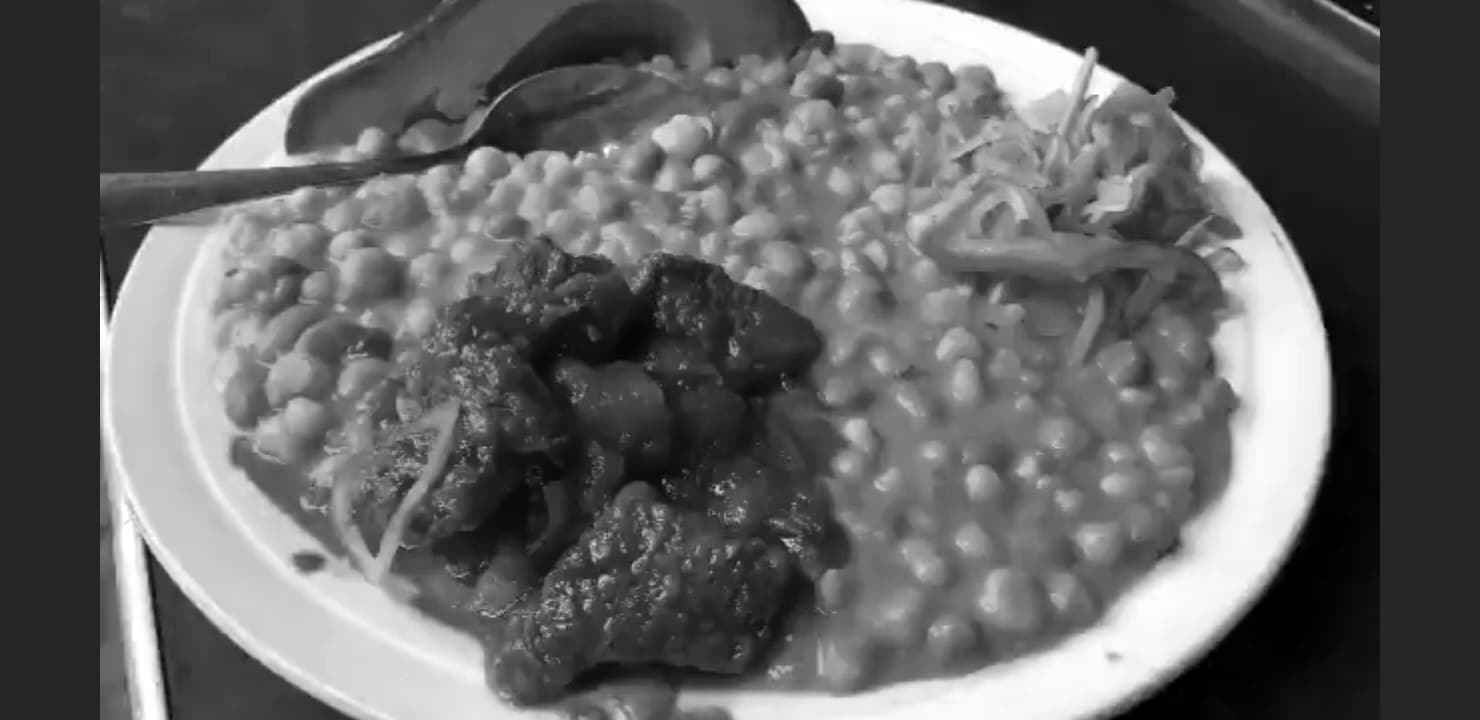
Kishumba is another traditional dish of the Pare people. It is a dish of red beans cooked with banana and mashed to make a hard porridge.
Vughai is a Pare dish of hard porridge made with banana, maize flour, or cassava flour (or a mixture of the two). It is served with vegetable, fish/chicken/meat stew or beans (or the two if available). When served with chicken/meat, it is regarded as a welcoming delicacy for visitors. Women are also given special foods after birth to help them recover quickly.
Traditional Medicine
Certain diseases were healed using traditional medicine before western medicine was introduced. When Lutheran missionaries were aggressively introducing western-style medicine and Christianity in south Pare and north Pare in the early 1900s, it was acknowledged that the Pare people didn’t readily embrace the new institutions the missionaries brought as the Chagga did. Due to the strong position of the local healers, traditional medicine wasn’t viewed as a backward or inferior tradition.
Pare people treated children suffering from wintu, a fungal disease believed to come from the mother’s breast, with sheep’s milk. Kinyoka, kintu, and kirumu (eye infection of newborns) may be neonatal conjunctivitis. The juice of the leaves of a plant called mwore was used as a cure. Mtoro (diarrhea) made the kid as thin as firewood, and ash of the root of wild banana was orally administered as its cure.
The most notable traditional belief of the Pare people was when a baby’s milk teeth grew from the upper jaw; they believed it was a curse to society. Such babies were killed by throwing them off a giant rock with a steep slope facing down a mountain.
Traditional Appearance
Traditionally, a black streak running to the nose from the middle of the forehead marked the Vaghonu.
Pare people that are warriors and yet to marry were powerfully built, and their bodies were plastered with red clay and grease. They had different hairstyles: crown cut, fully shaven, twisted into thin dreads, or worn in a thatch hanging down their necks. The men carried shields and spears and wore a piece of cloth or hide that hung across the breasts.
In nearby Shighatini in 1902, missionaries managed to capture an image of Pare men in traditional clothing. The women wore a garment made of hide. The garment was fastened around the waist. They also wore spirals of iron wire as leg and arm ornaments. They also wore thick necklaces made of brass, iron-adorned wooden ear stretchers, and big earrings made of beads.
Traditional Housing
The Pare people constructed two types of roundhouses. They used a wooden frame to make a cone-shaped house, which was probably fastened out of ropes gotten from tree trunks. The pitched roof was made of plant fiber that stretched down to the ground. Covering the wooden frame with leaves is only used as a roof in the second type. However, a variety of cementitious soil found in the Pare Mountains was used to cover the frame and ultimately make round walls.
Sacred Places of the Pare People
A clan’s origin can be tracked through the location of the clan’s sacred places. For example, despite the Shana having moved to other parts of Pare, their holy sites remain in Ugweno, indicating their place of origin. Pare people’s sacred sites are referred to as Mtiru/Mshitu (for clans), Kwa Kivia or Kwa Mrigha (for ancestors), and Mpungi (for lineages). Different tribal customs, ceremonies, and initiations were performed at the sites.
Cultural Misconception
Referring to a person as “pare” in Tanzania is synonymous with calling them cheap or stingy. Even during the country’s bouts of economic hardship, the Pare people believed in surviving by adopting strict budgetary plans. Due to their honesty and direct approach to their economic circumstances, they’ve been stereotyped and misinterpreted across the country. However, the Pare people strive to be fair and open culturally. Thus, they are not hypocritical about declaring their finances as modest. Despite the odds, they believe being incorruptible is the right thing to do.
Places of Interest
- Ugweno is in the North Pare Mountains, approximately 74.2 km from Moshi.
- Usangi is a small, spread-out town an hour and a few minutes (by personal drive) and two and a half hours by bus from Moshi. It is situated in some sort of crater surrounded by several high points that is the Northern Pare Mountains.
- Shengena Natural Forest is part of Eastern Arch Mountain. In this forest, there are ponds whose water is milky or black in color, with multi-colored soil that can even be goldish or pinkish in appearance.
- Shengena Natural Forest is part of the Eastern Arch Mountain. In this forest, there are ponds of milky or black-colored water. The soil is multi-colored. It can even be pinkish or goldish in appearance.
- Kindoroko Mountain has a natural rainforest (forest reserve) that is home to many seasonal tropical birds and blue monkeys.
- Shume, known formerly as New Hornow, is a village where the Germans built a sawmill during Tanzania’s colonial era. This mill was connected to the Usambara line by a cable railway around 1910 in order to make export to Germany easy.
- Gonja is the location of a waterfall known as NDURUMO about 400m along River Hingilili, sacred forests, Ibwe leteta, Gonja Lutheran hospital, Bombo local market, Shengena forest, and hiking routes to the highest point in the Pare Mountains.
- A rock shaped like a human nose in Mshihwi, widely referred to as Ikamba la fua (Nose Rock).
- Suji, Kilimanjaro is approximately 150km from Moshi and 20km from Makanya, a town on the main Moshi – Dar es Salaam road.
- A rock found in southern Usangi on the slopes of the hills towards a kwakoa village called Ibwe lavyana, meaning the rock where innocent children were killed.
- The southern part of the Pare Mountains to catch a glimpse of the South Pare white-eye (Zosterops winifredae).
- Mbaga is also the location of mkumba vana(Ibwe, meaning stone) or Ibwe la vana used to kill innocent children due to wrong beliefs.
- Kihurio is known for the cultivation of rice. It is adjacent to Ndungu.
- Ndungu irrigation project supplies rice to the Tanga and Kilimanjaro regions.
- Lake Jipe is an inter-territorial lake between Kenya and Tanzania.
- Mshasha River at Usangi is the location of a hanging tree that produces freshwater throughout the year.
- Mkomazi National Park was a game reserve before being upgraded to National Park in 2006.
- Mamba Giti is the location of the first SDA Church in East Africa.
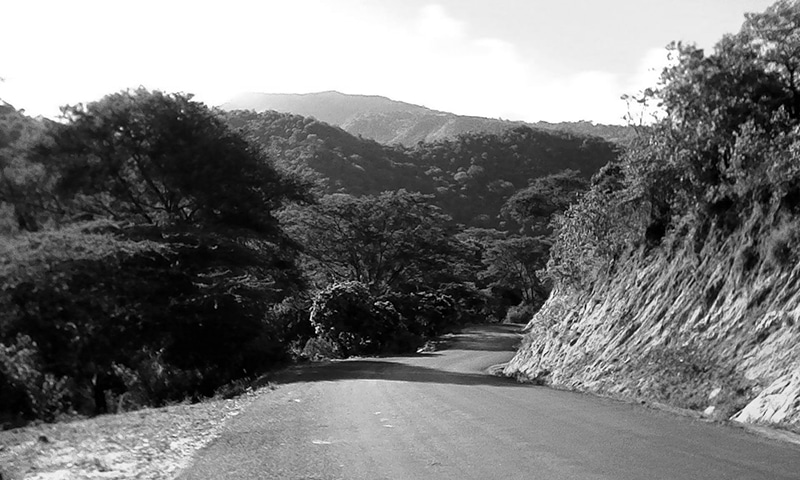
Notable Pare People and People of Pare Descent
Pare People in Entertainment
- Vanessa Mdee: Radio host, rapper, singer, youth activist, songwriter, and TV personality. She is widely known for being the first Tanzanian MTV VJ.
- Ekwa Msangi: Tanzanian American screenwriter and director who is known for Farewell Armor, the American drama film premiered at the Sundance Film Festival.
- Raymond Mshana: Voice over artist, TV copywriter, media creative (radio and TV).
- Adam Mchomvu: Hip hop artist, songwriter, radio presenter, and brand manager.
- Nandy: She is a songwriter and singer. She won the All Africa Music Awards as the best female artist in East Africa in 2017.
- Vanessa Morgan: A Canadian actress who is popularly for her roles in Riverdale, Finding Carter, My Babysitter’s a Vampire and The Latest Buzz.
- Roma Mkatoliki: Activist, songwriter, and rapper.
Pare People in Army/Police
- Major Peter Orgenes: Head of engineers during the 1979 war, which led to the fall of the government of Idi Amin
- Philemon Mgaya: The fourth IGP in Tanzania 1975–1980. He also served as Senior Superintendent of Police (SSP) and Dodoma Regional Police Commander (RPC) in the early 1960s. He served until the mid-1960s.
- Major Uzia Makange: A former adviser of Military Affairs to President Yoweri K.T. Museveni
- Ahmed Msangi: He served as deputy director of criminal investigation in Zanzibar. He was a former Regional Police Commander in Mwanza and Mbeya. He also served as a police spokesman and Deputy Commissioner of Police.
- Elangwa N. Shaidi: The first Tanzanian IGP (1964 to 1970)
- Major General Ben Msuya: Led the 19th battalion in 1979 (as a Lt. Col). The forces he commandeered led to the fall of Kampala and the subsequent collapse of Idi Amin’s government.
Pare People in Academics
- Dr. Mary Mgonja: A Tanzanian plant breeder and agricultural scientist who has represented Tanzania in AGRA, EAC, and SADC. Currently, she serves as the director of technology and communication at a private Tanzanian agricultural enterprise (Namburi Agricultural Company Limited).
- Dr. Venance Fupi: A former Chief Government Chemist in Tanzania who hails from Kisangara Juu village.
- Dr. Robert Nathaniel M. Mshana: The Robert N Mshana Memorial Award was named in his honor. He is a specialist in mycobacterial immunology. He worked in Gabon, Côte d’Ivoire, and Ethiopia; developed guidelines and policies on behalf of the OAU/STRC in Lagos, Nigeria; contributed to WHO/TDR’s R&D activities; served on the Steering Committees for Immunology of Mycobacterial Infections, Vaccine Discovery Research and Immunology of Leprosy.
- Dr. Sengondo Mvungi: He is a famous lawyer who hails from the village of Kisangara Juu. He was also a member of the Constitutional Review Commission; an Advocate of the Court of Appeal and High Court of Tanzania; he served as Dean of the Faculty of Law and lecturer at the University of Dar es Salaam; Deputy Vice-Chancellor of the University of Bagamoyo; member of the NCCR-Mageuzi and the party’s presidential candidate in the election held in December 2005.
- Joyce Msuya: She is an environmental scientist and microbiologist who serves as the United Nations Deputy Emergency Relief Coordinator and Assistant Secretary-General for Humanitarian Affairs. She previously served as the deputy executive director of the United Nations Environment Programme at the level of assistant secretary-general.
- Professor Elitabu K. Mshigeni: A trailblazer of botany research in Tanzania. He was the Pro-Vice-Chancellor for Academic Affairs and Research at the University of Namibia, Vice-Chancellor at Hubert Kairuki Memorial University, and Director of UNDP’s Regional Africa-wide Zero Emissions Research Initiative (ZERI) Project.
- Damari Namdori Sefue: She was the first Tanganyikan (now mainland Tanzania) woman to qualify as a teacher in 1931.
- Professor Alfeo Nikundiwe: He is an eminent researcher in Zoology and former Head of the Department of Zoology and Wildlife Conservation at the University of Dar es Salaam. Notably, he was also the first Principal of the University College of Lands and Architectural Studies (UCLAS) in Dar es Salaam.
- Dr. Flower E. Msuya: She is a pioneer in integrated aquaculture and seaweed farming in Tanzania. She is also the chairperson and founder of the Zanzibar Seaweed Cluster Initiative.
- Professor John Mshana: Deputy Rector for Academics at Kigali Institute of Science and Technology (KIST) in Rwanda. An erstwhile Chief Administrative Officer of the University of Dar es Salaam, Head of the Department of Mechanical Engineering, Principal of the University’s College of Lands and Architectural Studies, and Director of the Institute of Production Innovation.
- Amini Aza Mturi: One of the founding figures of archaeology in Tanzania. The Oldupai Gorge Research Station was named after him.
- Professor Yunus D. Mgaya: A former Executive Secretary of the Tanzanian Commission for Universities. He also serves as the Director-General of the National Institute for Medical Research.
- Professor Godwin Mjema: A retired Rector of The Institute of Finance Management and Director of the Economic Research Bureau at the University of Dar es Salaam. He was also appointed as a board chairman for UTT Microfinance.
- Dr. Abel Y. Mreta: Late linguist and expert on the Chasu language. He was the former Head of the Department of Linguistics at the University of Dar es Salaam.
Pare People in Politics
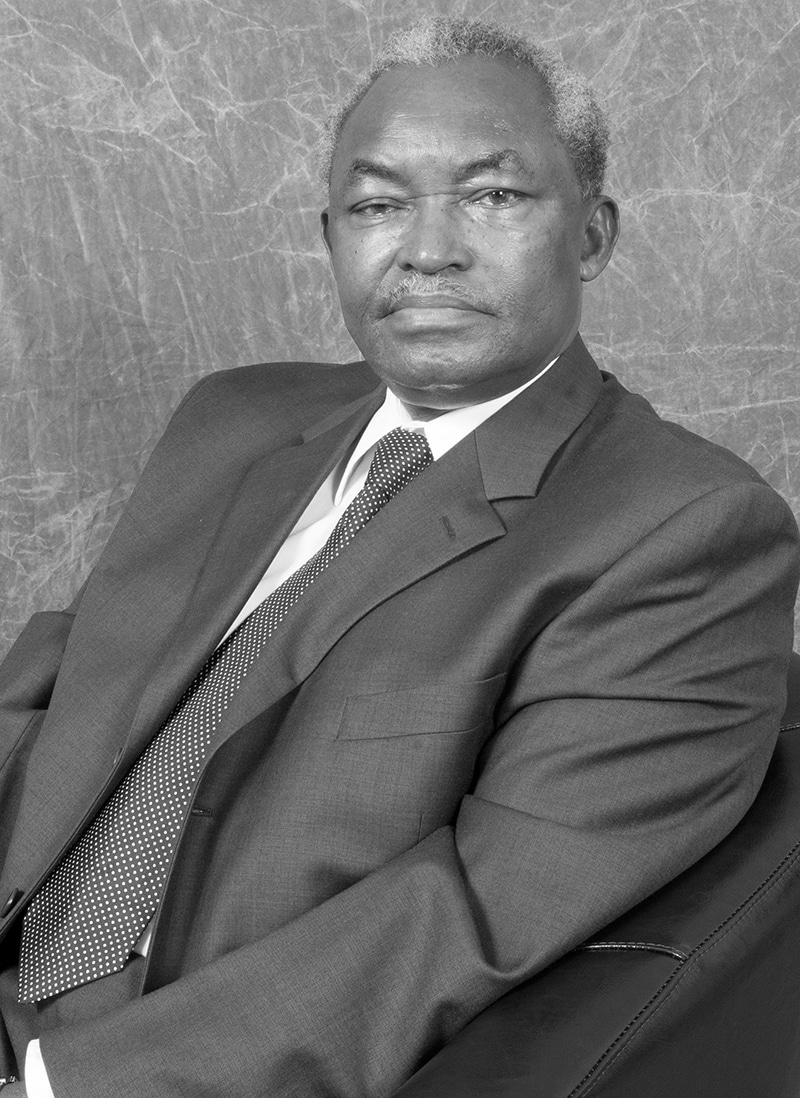
- Cleopa Msuya: An ex-Vice President, Prime Minister, Minister of various ministries (Finance, Industry, Economic Affairs and Planning, etc.)
- David M. David: An MP for SAME West Constituency since 2005. He previously served as Minister of Fisheries and Livestock Development.
- Asha-Rose M. Migiro: Third Deputy Secretary-General of the United Nations.
- Jumanne Maghembe: An ex-Minister of Tourism and Natural Resources
- Gray Mgonja: An ex-Permanent Secretary in the Ministry of Finance
- Halima Mdee: An MP in the Tanzanian Parliament.
- Angellah J.M. Kairuki: A lawyer and ex-Minister of State in the Office of the Prime Minister. She previously served as Minister in the President’s Office for Good Governance and Public Service Management, Minister of Mining, and Deputy Minister in the Ministry of Justice and Constitution Affairs.
- Anna Claudia Senkoro: The late member of PPT-Maendeleo. She became the first woman to run for president in the history of Tanzania.
- Sophia Mjema: The present Regional Commissioner of Shinyanga and the ex-District Commissioner for Arusha and Ilala.
- Anna K. Malecala: A former MP representing Same East constituency (2005 to 2015), Regional Commissioner of Shinyanga (2016), and Deputy Minister of Education.
- Ombeni Yohana Sefue: An ex-Chief Secretary to the President of the United Republic of Tanzania and the country’s former Permanent Representative to the United Nations.
Pare People in Business
- Erasto Msuya: A late gemstone dealer (particularly Tanzanite) who was assassinated. He had high-end properties in Arusha and Moshi.
- Benedict Mberesero: Founded Ngorika Bus Transport Company (one of Tanzania’s oldest and popular bus companies). He is involved in trucking and property investments.
- Ridhuan Mringo: Board Chairperson of Mwanga Hakika Microfinance Bank and Chief Executive Officer and MD of Derm Group.
Notable Pare People That are Role Models
- Jumanne M. Ngoma: The person who discovered the gem called Tanzanite in northern Tanzania.
- Paulo K Mashambo: Leader of the famous Pare pre-independence protest to abolish the graduated tax rate systems (mbiru) in the 1940s.
- Brenda Msangi: CEO of Comprehensive Community Based Rehabilitation Tanzania.
- Elly E. Mtango: An ex-ambassador and Dean of the African Diplomatic Corps in Japan
- Gerald Mturi: Executive Secretary of the Tanzania Chambers of Mineral and Energy.
- Judge January Msoffe: He was a judge of the High Court of Tanzania, a justice of the Appeal Court of Tanzania, and also served as the judge in charge of the Dodoma High Court.
- Esther Mkwizu: An ex-chairperson of the Tanzania Private Sector Foundation
- Chiefs: Mangi Abdallah S. (Ugweno, north); Mfumwa R. Shazia (Suji); Mfumwa K. Singo (Same); Mfumwa S. Naguvu (Usangi); Mfumwa Daudi S. Manento (Mamba); Mfumwa M Yateri (Gonja); Mfumwa Y. Mapombe (Mbaga); Mfumwa Chauka S. Sadi (Hedaru); Mangi M. Kukome (Ugweno, south); Mfumwa Mtengeti (Usangi) ; and Mfumwa Heriel Makange (Chome).
For more articles related to Tanzania Tribes, click here!

























